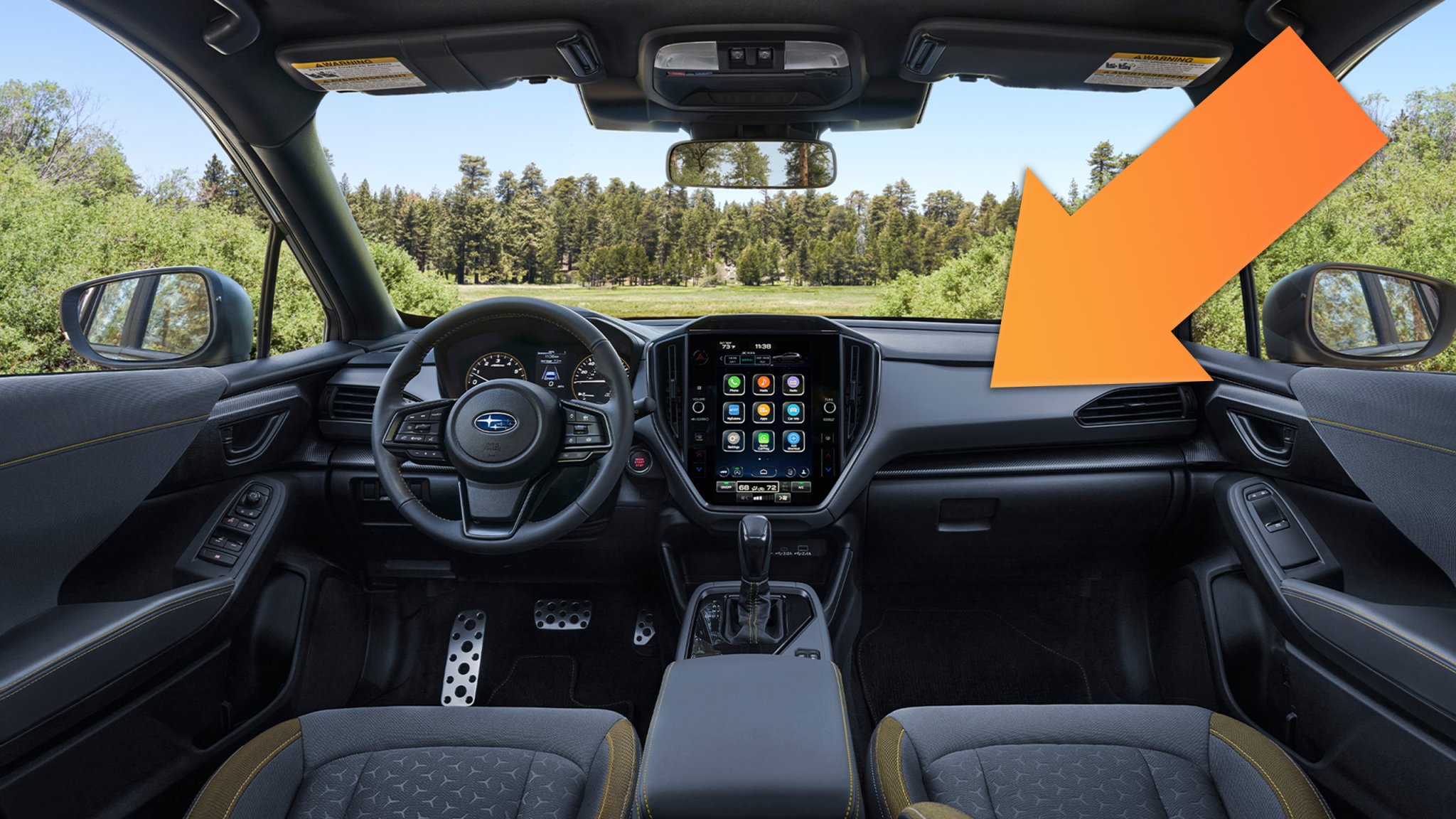

We may earn revenue from the products available on this page and participate in affiliate programs. Learn more ›
About the only continuous lines you can draw from horse-drawn carriages and the automobiles that replaced them are the wheels on the ground and the axles between. For more than 100 years, passenger vehicles have evolved from horseless carriages to horsepower-heavy engineering marvels. Wheels, axles, and horses aside—whether horse power or horsepower—there’s another callback in every car on the road today, and you probably mention it nearly every day without knowing it.
Dashboards have endured since the very beginning, even if we’re not using them the same way. Dashboards today have become conveyances for more screens in our faces, climate controls, vents, tissue boxes—whatever. Dashboards back then? They kept passengers clear of mud flying off the hooves of horses ahead. Quite literally, it was a board protecting passengers when the horses would dash forward. (Other etymologists say “dash” refers to the dirt “dashed” onto the board by the horses, but your mileage may vary.)

Merriam-Webster notes the first use of dashboard (or dash-board) in 1842, when it was used to describe a “screen on the front of a usually horse-drawn vehicle to intercept water, mud, or snow” although the concept predates 1842 by a wide margin. Egyptian chariots had small lips in the front to tamp down rocks and debris kicked up by horses. They appear on medieval chariots, too. And so on.

Whenever we look at dashes today, we see a bevy of instruments, displays, and clutter without thinking about why it exists now. Mostly it’s a conveyance of design and packaging that covers a firewall and miles of wires connecting the cabin to the engine compartment where all the good stuff comes from. Dashes now are full of lifesaving gear too, like airbags and crumple zones that keep us safe. So, if you’re getting into the car soon and reach up toward the dashboard, it’s another reminder of the evolution of people carriers. But for goodness sake, please keep your feet off the dashboard when the car is moving.
Got a tip? Send it in to tips@thedrive.com